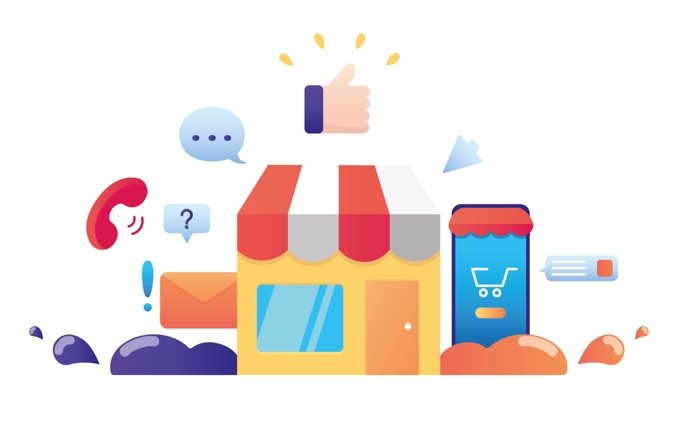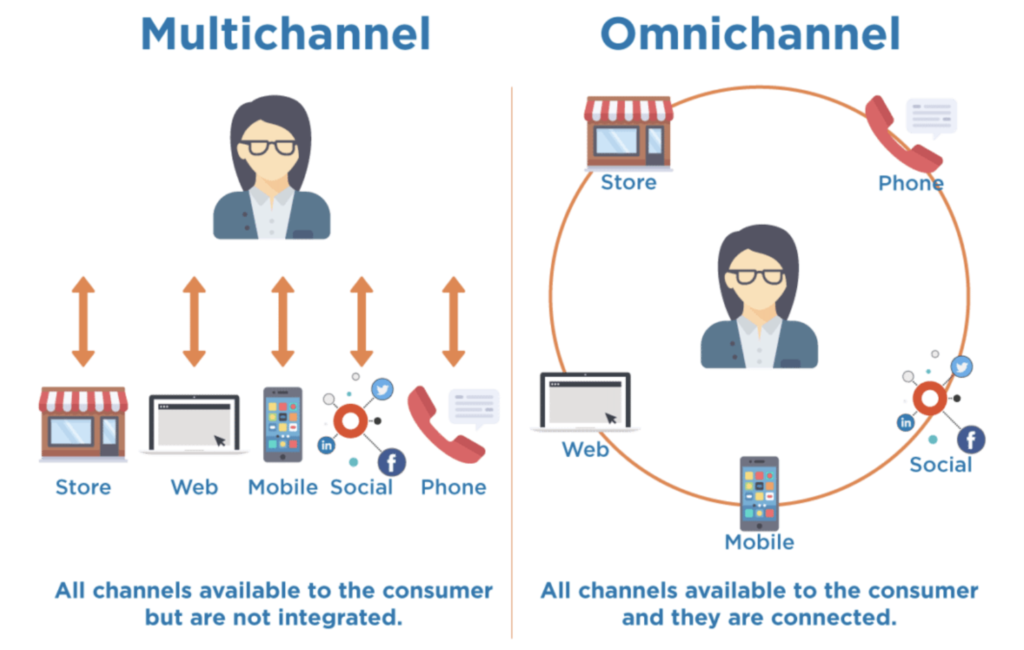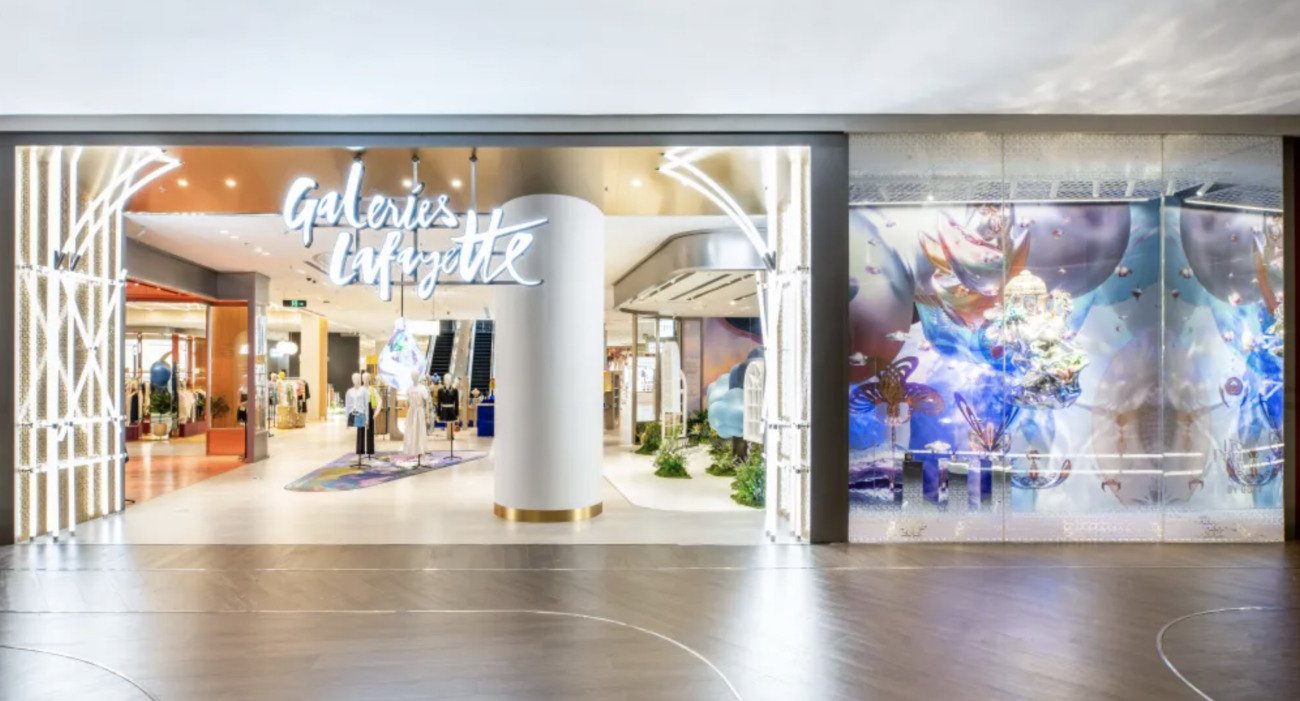The Evolution Of The Retail Store
This article was first published on Retail Dive. Written by Christopher Sarne, senior director of product management strategy. The global pandemic shined a spotlight once again on the role of the retail store in the retail industry.

This article was first published on Retail Dive. Written by Christopher Sarne, senior director of product management strategy.
The global pandemic shined a spotlight once again on the role of the retail store in the retail industry. The store is a vital component of omnichannel retail. Despite the rise in e-commerce, retailers still suffer dearly when physical sales are limited, as they have been by social distancing and store closures. The result has been an unexpected priority shift back to the in-store experience. When surveyed, 65% of global consumers have returned to the stores upon reopening.
Widespread curbside pick-up, flexible store environments, buy online, pick-up in-store (BOPIS) protocols – the new norms have dramatically accelerated this recent surge of in-store adaptation and innovation. As brands dive ever deeper for new ways to maximize the customer experience – and adapt to the rapidly changing world – they should consider looking first at the past.
What lessons can we apply from retail’s post-millennium evolution to our current pandemic-disrupted situation? Below, we’ll begin with a journey through the recent history of retail and then project our learnings onto the modern problems of today’s retailers.
Becoming omnichannel retail
Back in the early 2000s, around the time of the dot-com boom, retailers across the globe began to stack bricks. Layer after layer, brands unintentionally built towering walls that gradually separated their businesses’ digital and physical sides.
This accidental schism – which often resulted in entirely different sales, marketing, and fulfilment units for each side – led to a disconnect between brick-and-mortar and e-commerce strategies. Leaders of these branches struggled for organisational power, and, for most businesses, the digital side won. Retailers poured money into their online brands and scarcely considered potential in-store innovations outside of a small window every few years.
Store associates used to be the most relevant source of information for the brand, and the internet put the context next to the purchase. Online landing pages and customer service tools became the idealised sales associate, and retailers began to invest more in customisable digital marketing tools.
When the economic bubble burst in the late 2000s, retailers realised how this barrier could limit future business growth. Many decided to merge the digital-physical divide and pursue an omnichannel retail approach for future sales and marketing. To differentiate their brand from industry giants, retail leaders realised they must create unique and seamless brand experiences that monoliths can’t match– and much of that personal touch starts in the store. But creating such an environment is far from an easy task.
Adopting an omnichannel retail strategy
Shedding our silos of the past is a noble goal for retailers, but the roadmap to doing so often remains frustratingly unclear. What is the best way for brands to marry the digital and physical experience? These conversations can quickly become even more complicated if the retailer lacks the technological capabilities to be agile.
Ideally, brands could make their in-store presences more adaptable and give their online shoppers a more personalised experience. This connectivity effectively brings both sides closer together, aligning the processes that prevent brands from achieving effective and efficient omnichannel synergy.
Per Oracle consumer research, 71% of customers favour speed of service and checkout ease when deciding whether to continue shopping with a retailer. This preference makes a compelling case for implementing mobile checkout and self-service tools at physical stores, creating a similarly streamlined online shopping experience. Going one step further, retailers can equip their store associates with customer data and trends, empowering them to deliver similarly engaging, personalized recommendations to returning shoppers. For many retailers, bringing these digital strategies to the physical store has been a long time coming.
Unfortunately, COVID-19 has brought even more challenges to retailers in forced store closures and rapidly changing consumer demands worldwide. Breaking down internal silos helps brands improve their business model, but that alone won’t solve every problem. For that, retailers will need to combine everything they’ve learned over the past 20 years of physical and digital retail disruption.
Gain agility with retail solutions
If there’s one thing we’ve learned from the COVID era, it’s that retailers can never be too agile in their business model. The pandemic has become an inflection point for retailers to decide how to approach the industry’s future. Difficult though this may be, it’s not too late to develop strategies built for 2021 and beyond.
As retailers prepare for the future, the first step toward success is a mindset adjustment. Retailers must fully pivot to the customer, putting them at the core of business decisions and maximising the customer journey.
Rewriting the rules of retail means responding to the challenges of the moment with creative solutions. Now, every point of selling must also be a point of fulfilment. One example is how some retailers have turned their physical stores into de facto fulfilment centers during the pandemic. They often employ store associates, who may already have relationships in the community, to fulfil local online orders via BOPIS or last-mile delivery. These new omnichannel retail strategies have helped retailers, such as ABC Fine Wine & Spirits, manage surges in ecommerce demand and prioritise the customer experience for long-term success.
In the future, perhaps the store also returns to a familiar role: that of an educational and personal experience unique to each brand but leveled up with relevant technology. Retailers can empower associates with data-based insights on customer preferences and fulfillment options. They can utilise digital back-end tools to optimize inventory management between stores and personalised sales and marketing offers.
By taking these lessons from retail past, present, and future, retailers can hopefully begin their economic bounce-back in style–and position themselves for long-term success.
See how retailers around the globe are building the foundation for the retail road ahead:
 English
English






